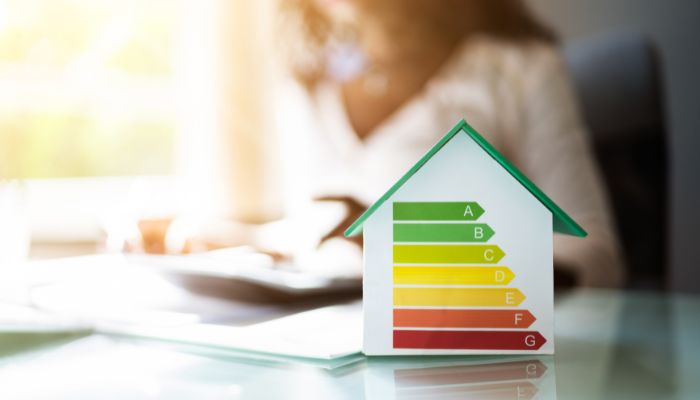
The Property Council of Australia and the Green Building Council of Australia are calling for the establishment of a single national energy rating scheme for every Australian home.
This was one of the proposals included in the two joint report of the two institutions, which sets out a suite of property-focused policy recommendations that would help Australia achieve its decarbonisation goals.
Property Council chief executive Mike Zorbas said a rating system similar to existing ones allowing buyers to know the energy performance of appliances must also be established for homes.
“The energy rating on your fridge tells you if you are cooling your food and drinks efficiently, but there is no national rating scheme up and running to tell you about the efficiency of heating or cooling your whole home – your most important purchase of all,” he said.
This will also help renters who want to have a clearer picture of the energy bill costs and comfort levels to expect during colder months.
According to the report, a single, robust rating scheme consistently applied across the country would not only make it easier to compare the efficiency of homes, but would also create a market for better performing homes, whilst providing added consumer protection for buyers and tenants.
While work has been underway for several years on a development of a rating tool for homes, the report said it has yet to be released for public use.
The national rating scheme would facilitate disclosure of performance in residential buildings and include the following:
- Providing benchmarks for market comparison of best practice sustainability performance.
- Disclosing the status of solar PV provision, energy storage, EV charging, and electrification of heating and hot water systems.
- Ensuring there is a single input tool for calculating the rating and a single, public facing communication of results to avoid disparities and confusion.
- A best practice governance model based on the National Australian Built Environment Rating System that brings the federal, state and territory governments and industry together to collectively manage benchmarks for new homes.
According to Property Council and Green Building Council, the establishment of a national energy rating scheme for homes would allow buyers and renters easily compare homes on the market.
Mr Zorbas said this is just one of the opportunities to look at to help reach the national emissions reduction goals.
“Buildings account for more than 50% of Australia's electricity use and 23% of all emissions,” Mr Zorbas said.
“The companies that make up the Australian property sector are global leaders in sustainability, which means we are incredibly well positioned to deliver high-impact and yet cost-effective ways to help achieve the nation’s net zero goals.”
“All we need is the right policy settings to guide that effort. Smart policies should be front and centre for decision-makers seeking to reduce Australia’s emissions.”
Existing efficiency rating scheme
Prior to these recommendations by the Property Council and Green Building Council, there is already an existing scheme that measures and rates the energy efficiency of new dwellings.
State and territory governments are already using the Nationwide House Energy Rating Scheme (NatHERS) for regulatory purposes to support the building industry and ensure compliance with the National Construction Code (NCC).
NatHERS rating is even one of the requirements used by financial institutions for the provision of green loans.
Furthermore, the NatHERS can also support disclosure frameworks and rental standards, all of which help to boost the energy efficiency of residential buildings.
Changes to the NCC last year that will take effect this May 2023 will require all new houses and apartments in Australia to achieve a minimum energy efficiency score of 7-Stars, up from the previous requirement of 6-Stars.
-
Photo by AndreyPopov on Canva.